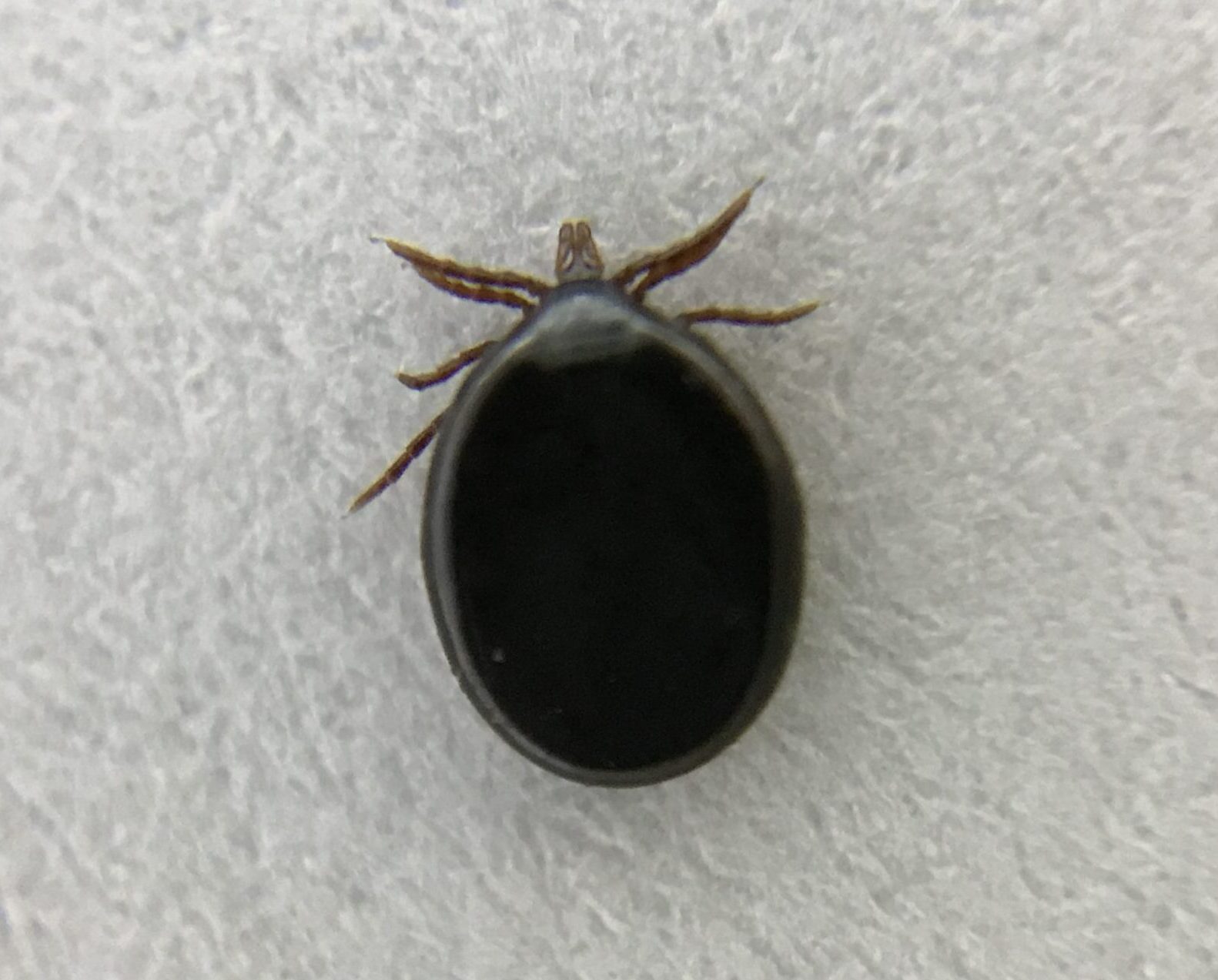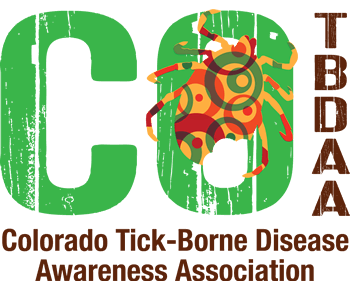
Ixodes spinipalpis
Ixodes spinipalpis
Distribution
This hard tick is a wide ranging species throughout the western US. It verifiably occurs only in the Pacific Coastal and Mountain States and Provinces of the USA and Canada, including CA, CO, ID, MT, NV, OR, SD, UT, WA, Alberta, and British Columbia. Claims of the occurrence of this tick in NM, TX, and Mexico appear to be questionable.
Hosts
Adult and immature I. spinipalpis feed on numerous species of rodents, lagomorphs (most recently in Boulder County, CO 2018), and sometimes humans, the latter especially in MT, OR, WA, and CA. Immatures also parasitize birds as evidenced by recent collections from migratory birds (song sparrow orange-crowned warbler, gray catbird, Lincoln’s sparrow) sampled in three counties in CO during bird banding efforts by Bird Conservancy of the Rockies.
Vector Status
It is a sylvatic vector of the agents of Lyme disease-like illness (Borrelia bissettii), human granulocytic ehrlichiosis/anaplasmosis, and human babesiosis. Canadian researcher, John Scott isolated Borrelia genospecies 2 (Scott et al. 2017), another member of the B. burgdorferi species complex (i.e., s.l.) from it; Keirans and Clifford (1983) isolated Powassan virus from Ixodes spinipalpis collected in SD; and Dr. Heather Szerlong, CEO of Ticknology Lab has detected a potentially novel species of Borrelia burgdoferi s.l. as well as Anaplasma phagocytophilum in a specimen collected from a Colorado wild rabbit in 2018.
Adults and immature feed on numerous species of rodent hosts that have been found to harbor these pathogens in Colorado; the Mexican pack rat, prairie vole and deer mouse have been documented in a Colorado study. Lagomorphs (rabbits) are also hosts. A recent study in Canada documented this tick on an eastern cottontail. Because this tick species has been conventionally considered nidicolous (staying close to the host or host nest), it would be expected to spend most of its time on a host or in nesting material; however, immature I. spinipalpis quest for hosts outside of actual nest sites, making them a potential threat to incidental hosts as competent vectors of multiple pathogens of public health importance. Studies in California and Colorado have documented questing behavior with these ticks in areas of wooded habitat. Open questing behavior in wooded habitats may increase human exposure potential to diseases including Borrelia, Anaplasma and Babesia in Colorado, and in other regions of the US and Canada where this tick occurs. In a recent study by Xu et al. 2018 on the west coast, I.spinipalpis was identified as a human biter predominantly from submissions coming from California and Washington State. Better surveillance and more research is needed regarding the potential risk to human and pet health from this vector.
Resources
H Joel Hutcheson, James W Mertins, Boris C Kondratieff, Monica M White, Ticks and Tick-Borne Diseases of Colorado, Including New State Records for Argas radiatus (Ixodida: Argasidae) and Ixodes brunneus (Ixodida: Ixodidae), Journal of Medical Entomology, , tjaa232, https://doi.org/10.1093/jme/tjaa232








